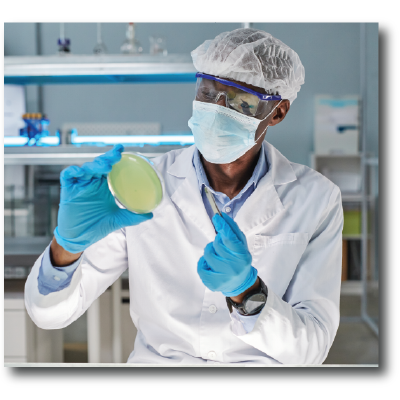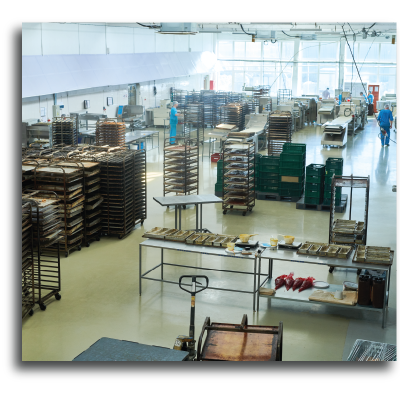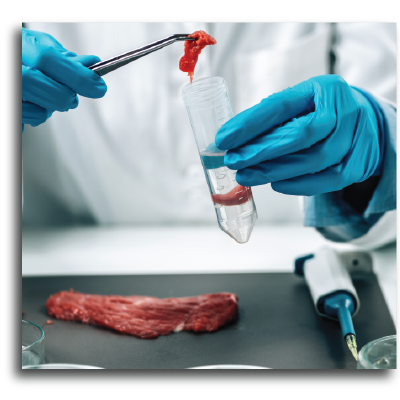Assessment of Compliance with Health Legislation
Legal responsibilities of employers
Health and safety law states that organisations must:
- assess risks to employees, customers, partners and any other people who could be affected by their activities;
- arrange for the effective planning, organisation, control, monitoring and review of preventive and protective measures;
- have a written health and safety policy if they employ five or more people;
- ensure they have access to competent health and safety advice;
- consult employees about their risks at work and current preventive and protective measures.
Failure to comply with these requirements can have serious consequences – for both organisations and individuals. Sanctions include fines, imprisonment and disqualification.
Assessment of Food Handeling
Our services include surveys on the following:
- Cleaning methods
- Food handling
- Storage and infestation control
- Infectious diseases
- Management training
- In-House training on:
Personal hygiene, Temperature control, Cleaning Procedures, Foreign object control, Infectious disease notification, First aid procedures, Cleaning methods & equipment, Sterilization & disinfection, Food premises & equipment, Waste disposal, Surfaces, Cooking equipment & vessels, Food storage, Rodent control, Food legislation & Food poisoning: Bacteriological
Bacteriological and Chemical Sampling
Bacteriological Sampling is done by occupational health and safety professionals to establish if pathogenic organisms are present in water or food supplies, there is a significant concern for the safety of the population that consumes it. Pathogenic organisms and bacteria can cause cholera, intestinal infections, hepatitis, dysentery, typhoid fever, and other serious illnesses.
Chemical sampling and analysis are used by occupational health and safety professionals to assess workplace contaminants and associated worker exposures. The validity of an assessment is based, in part, on the procedures used for sample collection and analysis, and data interpretation. In many instances these procedures use approaches that have been refined over many years and are accepted by the professionals as good practice. However, the multitude of variables within a specific workplace require the professional to exercise judgment in the design of a particular assessment.
Equipment Lay-Out
This is just where pieces of equipment are placed in relation to layout of the premises. Good equipment layout helps to ensure that:
⦁ Equipment can be clearly identified
⦁ Equipment is easy and efficient to use
⦁ Errors are avoided, especially under emergency conditions
Good equipment layout means working out what should go where, considering the size of the work place and the size and position of the user, including their optimum viewing angles and reach. Even if the equipment is itself well designed, its position may be confusing unless certain principles are applied in its arrangement. These principles can be applied after examining the tasks that the equipment is used for. This can be done by:
- Observing the user’s body movements, including their eye movements, during all tasks;
- Analysing links between the user and their equipment, the user and other people, and the user and any other tool or job aid that they might use during the task;
- Carrying out interviews with the user to get information about the sequence of their activities, the characteristics of the tasks, and the overall nature of their job. This will also help to find out about the frequency and importance of critical or infrequent activities which might not be found out during observations of ‘normal’ activities
Evaluation of Work Practices
Evaluation of work practices involves evaluating safe work practices to adhere to safety laws, minimizing of significant hazards and dealing with circumstances that may present significant risks/ liabilities for the company.
Safe work practises are normally written methods outlining how to perform a task with minimum risk to all aspects of the business.
Meat Inspections
There are two main objectives for meat inspections:
- To ensure that only apparently healthy, physiologically normal animals are slaughtered for human consumption and that abnormal animals are separated and dealt with accordingly.
- To ensure that meat from animals is free from disease, wholesome and of no risk to human health.
These objectives are achieved by antemortem and post-mortem inspection procedures and by hygienic dressing with minimum contamination. Whenever appropriate the Hazard Analysis Critical Control Point (HACCP) principles should be used: The inspection procedures should be appropriate to the spectrum and prevalence of diseases and defects present in the particular class of livestock being inspected using the principles of risk assessment







